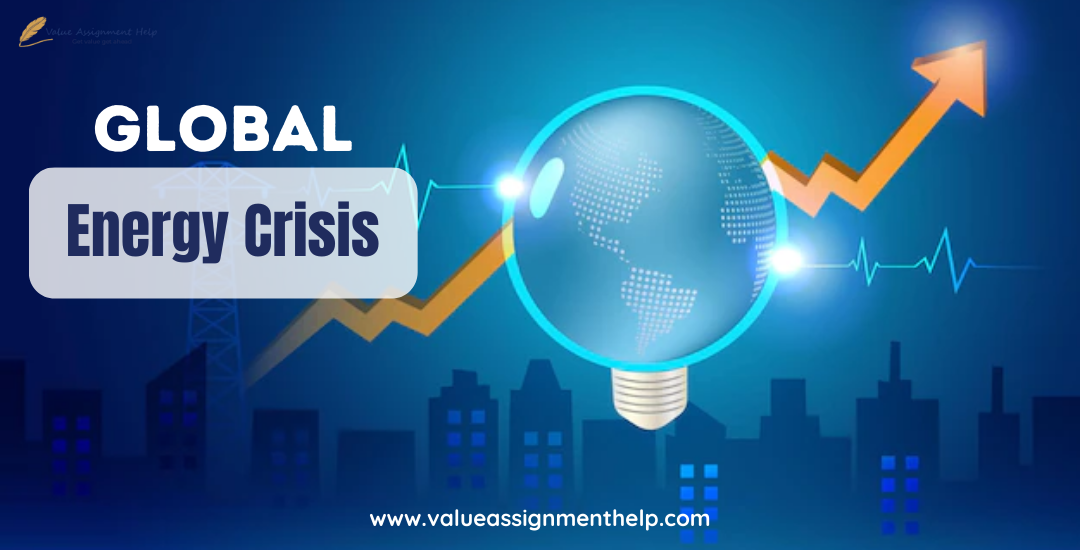Assignment
Achievement
Hire Experts
Reviews
Free Services
Grades
Offers
Order Now
50,000+
Orders Delivered
4.9/5.0
Star Rating
4000+
PhD Experts
24 x 7
Query Resolution
100 +
Subjects Catered
Our Experts
Reviews
Free Assignment Services
☞Title Pages - 100 Words
$05.00 free
☞Downloading Free Guide
$20.00 free
☞Upload Completed Tasks
$20.00 free
☞Genuine Content Report
$20.00 free
☞Consultation By Experts
$06.00 free
☞Unrestricted Revisions
$10.00 free
☞Grammar Check for Task
$25.00 free
☞Plagiarism Inspections
$25.00 free
Book Now and get Free Services Upto $0.00
Grades
Offers

1. PLACE YOUR ORDER
Whenever you fill out their order form, please read it carefully and then fill it out.

2. MAKE PAYMENT
Choose our secure payment method to pay for your order and collect your order from us with security.

3. GET YOUR DOCUMENT
Our writers write you plagiarism-free assignments and provide them to you before the deadline.
Our Experts

Search Assignments

Customers Reviews
Matter of the moment, COP27 or commonly known as “United Nations Climate Change Conference 2022”, is all set to be hosted in Sharm El Sheikh, Egypt, this year. Started in 1994, It is the 27th conference which will be from 6 to 18 November 2022. It is one of the greatest summits on climate change held to discuss the progress, future strategies and ways to achieve “Nationally determined Targets”. These targets are set to mitigate climate change's and global warming's adverse effects. This summit witnesses personnel from over 70 worldwide who pledge to provide a sustainable future for generations.

One such pledge in Paris in 2015 was “Net-Zero-Emission by 2050, capping Global temperature rise at 1.5 degrees Celcius.” With almost seventy countries agreeing to achieve carbon neutrality in the 2015 Paris conference and corporates framing new policies, it will still be a bumpy ride for years to come. Let us look at what is Net Zero Emission and considering uncertain disruptions like the Pandemic & Russia-Ukraine war, is Net Zero Emission archivable & Is it the way out of the Global energy crisis?
The below case study outlines the subject from the root cause
With the world temperature rising at a drastic rate of 0.08°C every decade and energy‐related CO2 emissions at 36.6 Gt in 2021, the largest ever annual rise in emissions, it is imperative that ways to sustain mankind are set and put in order. Let’s look at the importance of achieving Net Zero emissions.
The answer to this question lies in the perception of the responsibility towards coming generations. If you are concerned about mankind and its future, there is a real energy crisis. You might be fortunate not to see the end of Global natural resources, but your future kids will not be! According to IEA’s World Energy Outlook study of 2015, the oil will run out in 53 years, natural gas in 54 and coal in 110. These figures are determined by measuring the R/P ratios — that is, the ratio of reserves to current production rates.
The other aspect of this is the Carbon Cycle. Carbon which makes up about 85% of Petroleum, is an essential element of the earth stored underground. It naturally releases via volcanic eruptions and evaporation. When released in the air, carbon helps trap and retain heat, maintaining a balanced ecosystem, but this is the ideal case; ever since the industrial revolution hit in the early 1900s, carbon emissions have increased rapidly, trapping more than ever required heat in the atmosphere. This is called the Green House effect, which has led to the alarming rise in global temperatures, the melting of Glaciers and the loss of biodiversity altogether. All these adverse impacts are collectively endangering the survival of mankind on the planet.
Net zero emission is measured in terms of greenhouse gases emission, particularly Carbon Dioxide. The state of equilibrium when carbon dioxide emitted is equal to the amount of carbon dioxide eliminated or avoided is called Net Zero Emission. Also known as carbon neutrality, as per International Energy Agency, Net Zero Emission (NZE) by 2050 maps out a way to achieve a 1.5 °C stabilization in the rise in global average temperatures, alongside universal access to modern energy by 2030. The 1.5°C target corresponds to a specific remaining carbon emissions budget. The IPCC AR6 report of 2021 estimated this budget to be 445 Gt CO₂ for 2020-2050. As per Equinor’s Report 2022, this budget will be exhausted in the next ten years at the current emission level. Even with existing decarbonization technologies, the 1.5 C Cap by 2050 could be realized with budget alterations.
In graph (a), it is evident that NZE by 2050 is achievable in both scenarios. However, glancing at graph (b), one would notice that the budget estimated will not be enough.
Following Linear decline, emissions-reducing at 1.1 Gt per year, the budget will overshoot in the year 2038; whilst considering the reduction in Carbon emissions by 5.8% per year, similar to the Covid year-2020, the budget will last till 2042 according to Equinor.
Even with these improvement actions, what is the solution if the budget will not last till 2050? Why is it important to achieve the NZE cap within the 445 Gt CO2 budget, and what is the way?
With a mere 3.4% growth rate, the Global economy suffered drastically amid the pandemic in 2020. However, the following year rebounded quickly, reaching a growth rate of 5.9% and GDP reaching pre-pandemic levels in the year's first quarter. Then came The War. Russia’s unprovoked invasion of Ukraine in Feb this year has disturbed the entire balance of the economies. Russia is left at a diminishing position in the Global market. With Russia being the major supplier of oil and gas for the EU, fulfilling 40% of the energy demand, it all came to a standstill amid the war crisis. Moreover, due to war, the masses have been suffering to meet their basic energy demands in most nations.
Considering the above-stated scenarios, there has been a gradual shift in policymakers' approach since the Paris agreement. The vital focus for the countries as of now is to provide affordable energy security options for its people. decarbonization is not a priority for most nations, leaving decarbonisation at par. Clean electricity and electrification are central to the shift to a net zero emissions system. Also, considering the heated war scenario, this situation will likely last for months, if not years.
Fig: Fossil fuel investment in countries with and without net zero emissions pledges, 2015-22
As per IEA, the investment in fossil fuels has not changed much since 2016, even after the rapid increase in fuel prices in 2022.
Under such circumstances, achieving Carbon neutrality within a constrained budget becomes imperative, and the only potential path to do so is eliminating non-renewable sources. This must be adopted in coming years since delaying it would only make NZE more difficult to achieve later.
Russia is in a weak spot right now for being unable to meet global Oil demands. However, it creates a window for alternate sources of energy. It becomes the perfect opportunity for European nations and even Asian countries to work towards substituting fossil fuels. Now the most obvious question here arises how to substitute fossil fuels. What are the alternatives, and if they have the potential to replace existing sources of energy?
Electricity is “Linchpin”:
As per the updated roadmap of the International Energy Agency, Electricity is the “linchpin” of the Global economy in the NZE scenario providing more than half of total final consumption and two‐thirds of useful energy by 2050. The ambition is to achieve 290 GW of power from renewable sources by 2030, with a total investment expected to be 1300 Billion USD.
However, to achieve this, there needs to be serious development in the field of Solar and Wind energy to meet such high demand. Clean energy requires great technological developments still. We are still on the threshold of the possible potential extraction from renewable sources.
Nations such as Oman, Vietnam, Russia, Iceland and Kazakhstan are some of the nations which have the unexplored potential for wind power. These underdog nations could benefit greatly from such developments. On the same grounds, African countries could become power hubs for solar energy. These developments can change the dynamics of the energy market.
Now, this was about replacing fossil fuels- Coal, petroleum, natural gas- with renewable sources- Solar & Wind energy- to produce electricity, but what about the fossil fuel requirement for running industries and vehicles, how to replace that?
The answer to this question is simple actually; “replace fossil fuel with electricity”. With transportation accounting for 68% of the total Petroleum consumption in US for the year 2021, it is evident that adopting EV (Electric vehicles) in substitution to Oil driven vehicles would automatically eliminate oil demand in future. One major manufacturer of EV-Tesla Motors, owned by Elon Musk, is the leading producer and innovator in the field of Electric vehicles.
It is essential to reduce and remove the emitted carbon from the atmosphere to achieve NZE and become carbon neutral. Development in the methods to remove Carbon from the atmosphere has to be accelerated. Carbon removal methods are still on the threshold of technological advancements.
Whilst looking at all the scenarios, achieving carbon neutrality is difficult and would require a tremendous effort but is attainable. It Would need the collaboration of every nation and people of all backgrounds. There is no shortcut. To safeguard the existence of mankind and Planet Earth, bold and blunt steps are the only way!
Disclaimer: all content and intellectual property remain the exclusive property of value Assignment Help




No Comments